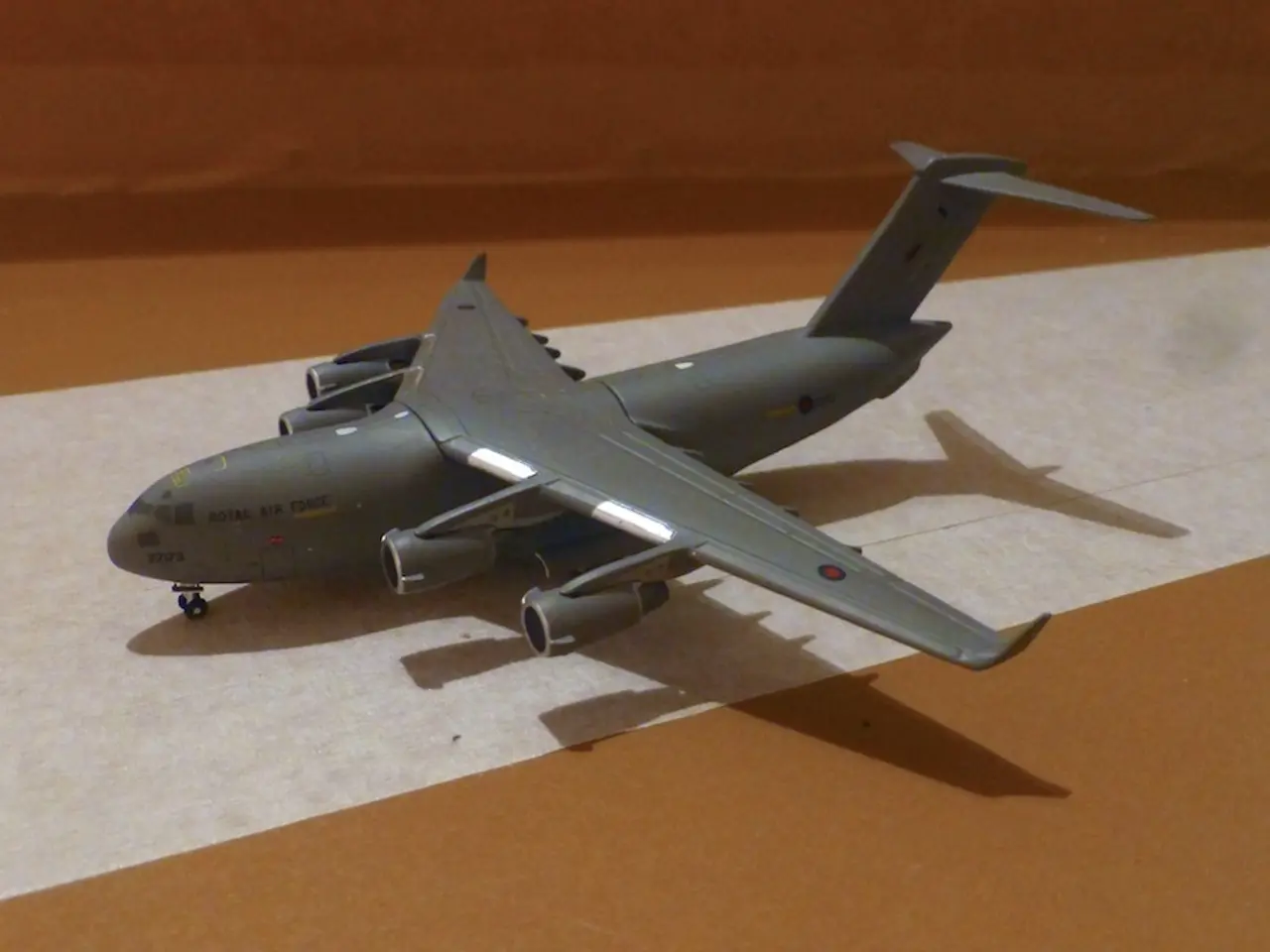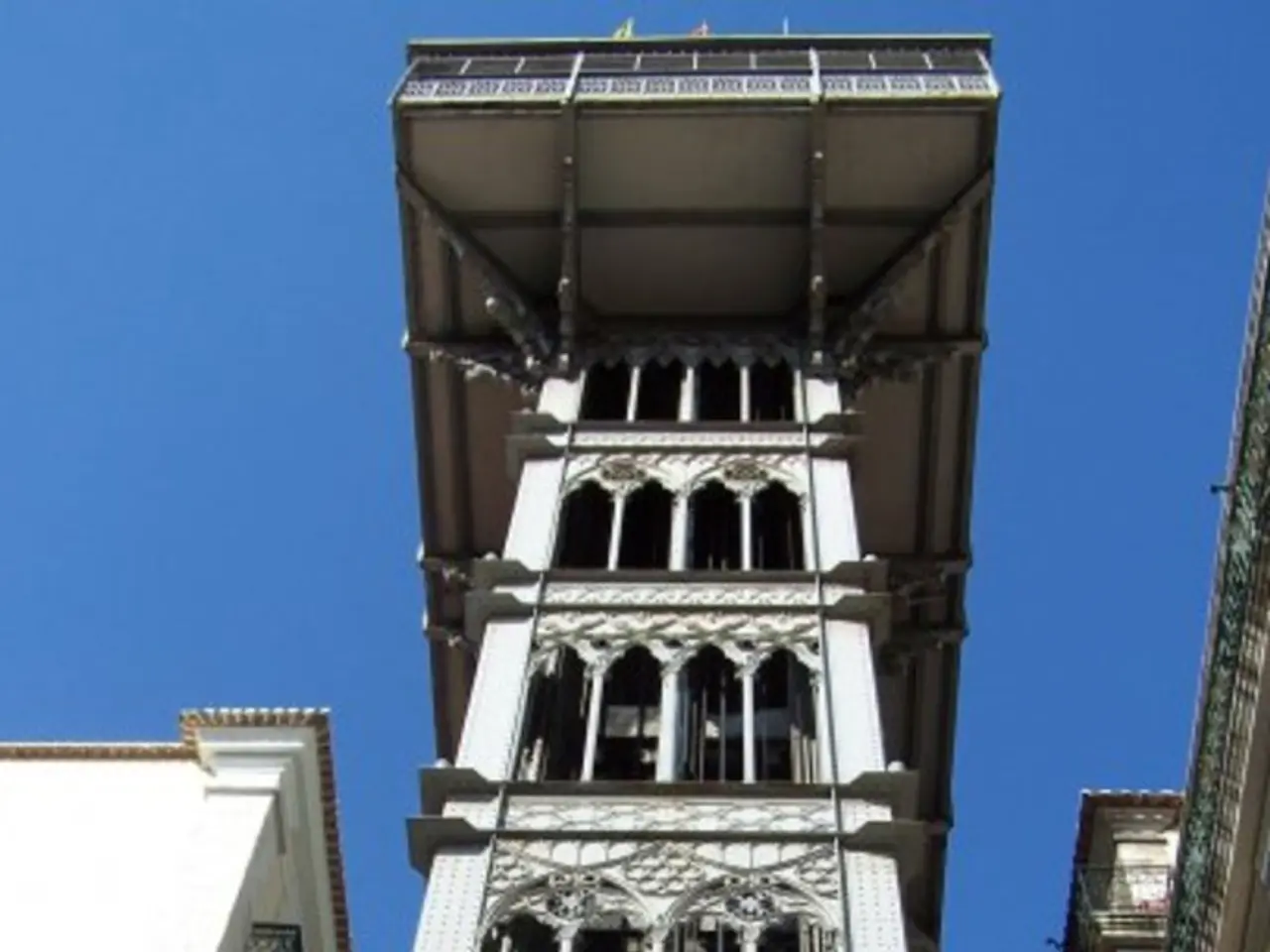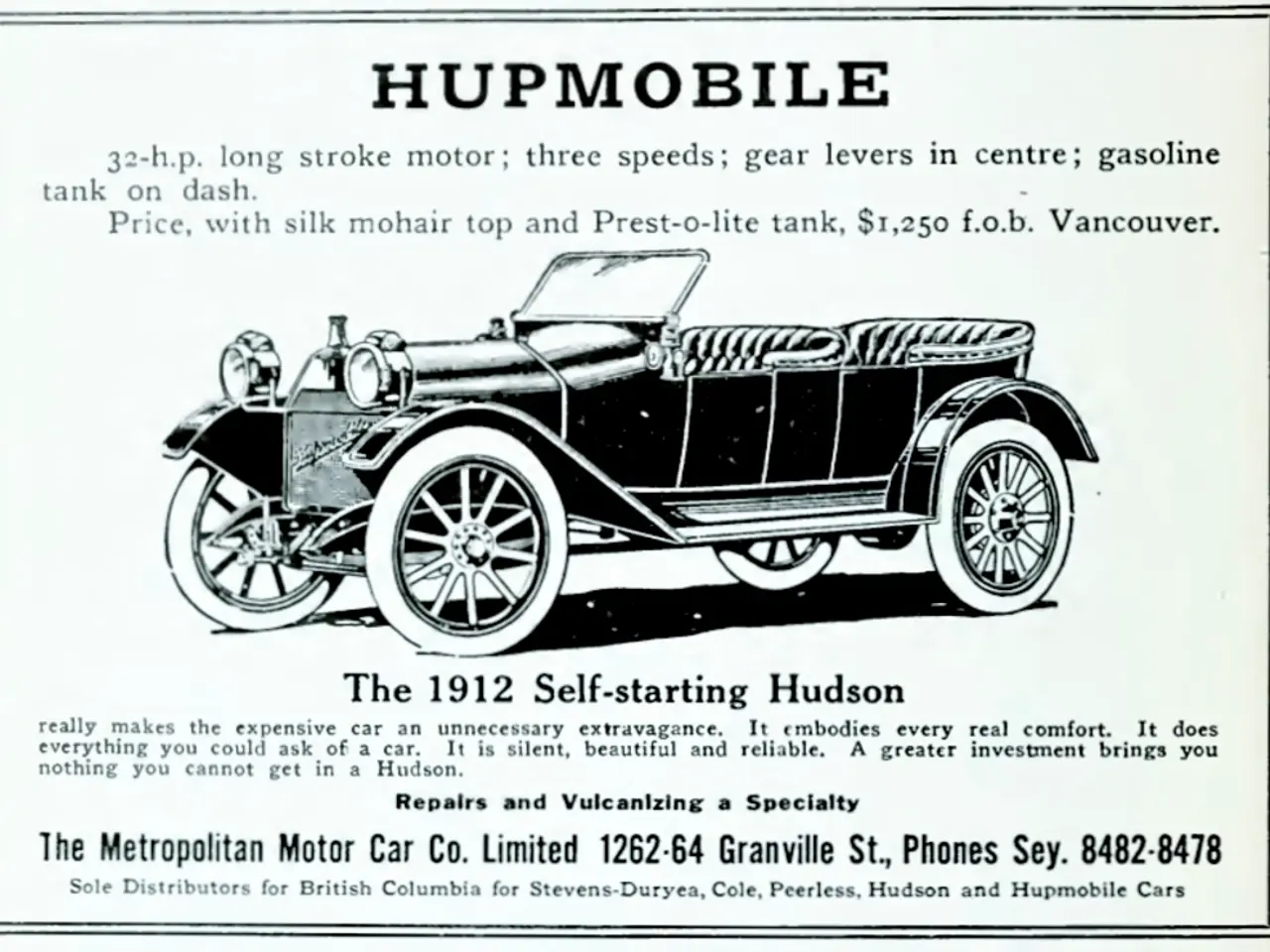Advances in Propulsion Methods for Unmanned Aerial Vehicles
Revolutionizing Drones: The Future of Aerial Technology
The world of drones is undergoing a significant transformation, thanks to the development of innovative thrust technologies. One company at the forefront of this revolution is IPET (Intelligent Propulsion for Electric Technology), redefining drone performance through a fully integrated powertrain approach.
Hybrid-electric propulsion, a promising emerging thrust technology, is combining traditional combustion engines with electric motors. This synergy offers the best of both energy sources, making it ideal for large-scale drone operations. In a hybrid-electric setup, a combustion engine typically powers a generator that charges onboard batteries or directly drives electric motors, allowing drones to operate for several hours without the weight penalties of oversized batteries.
Turbine microjets, compact jet engines adapted for small aerial vehicles, are another exciting development. Capable of producing high-speed thrust through the combustion of jet fuel or kerosene, they are set to revolutionize the drone landscape.
AI is playing a crucial role in this advancement, optimizing how existing thrust systems perform in real time. This AI-driven thrust optimization allows for better load handling, extended flight time, and improved stability in complex multirotor platforms.
Plasma and ion propulsion systems, which generate movement without traditional moving parts, are also making waves. Using electric fields to accelerate ionized gas particles, they create silent, ultra-efficient thrust, offering an exciting future for drone flight, particularly in applications where noise reduction and low maintenance are paramount.
Emerging thrust technologies are not just about increasing power; they're about improving efficiency, control, safety, and mission flexibility. For instance, electric ducted fans (EDFs) are compact propulsion systems that generate thrust by accelerating airflow through a duct, reducing drag and improving directional control. Their sleek profile, reduced noise output, and higher thrust-to-size ratios make them ideal for applications where space, stealth, or aerodynamics are critical.
Coaxial rotor systems, featuring two rotors mounted on the same axis, spinning in opposite directions to cancel out torque and improve stability, offer a compact and powerful alternative to traditional multirotor configurations. Reducing the overall footprint of the aircraft while increasing its lift capacity, they are poised to reshape the drone industry.
Tilt-rotor and tilt-wing systems, which allow a drone's motors or entire wings to pivot between vertical and horizontal orientations, enable both vertical takeoff and efficient forward flight. This versatility is set to open up a host of new possibilities for drone applications.
IPET's holistic design philosophy eliminates common points of failure, reduces latency in response times, and allows for real-time monitoring of motor health, thrust efficiency, and thermal load. Built with enterprise-grade drones in mind, IPET systems are ideal for applications where performance, uptime, and reliability are non-negotiable.
The current trends in emerging thrust technologies for drones emphasize electric and hybrid-electric propulsion systems, which are enabling longer flight times, greater payload capacities, and quieter, more efficient operation. These advances are closely tied to breakthroughs in energy storage, propulsion power scaling, and autonomous systems.
Heavy-lift drones are evolving with smarter autonomous operations powered by artificial intelligence, enabling complex missions with minimal human control. Improvements in sensors and imaging are enhancing data accuracy, driving applications in logistics, disaster response, agriculture, and environmental monitoring.
The military sector is advancing low-cost production of drones with swarm capabilities, networked autonomous operations, and strategic multi-domain systems that operate across air and ground environments. AI integration extends to sensitive areas such as nuclear delivery systems, raising global security and ethical concerns.
Thermal and precision sensing technologies coupled with longer flight durations are boosting drone utility across industries like agriculture and infrastructure inspection, enabling safer, faster inspections and more effective monitoring.
Future implications of these thrust technologies include expanded operational envelopes with heavier payloads and longer endurance supporting new commercial uses such as urban logistics, remote infrastructure servicing, and environmental data collection at scale. Increased autonomy and AI integration are fostering complex swarm tactics, reducing operator workloads, and enabling rapid responsive missions in defense and civilian domains.
Regulatory evolution is focusing on safe integration of heavy-lift and autonomous UAVs into national airspace, balancing innovation with public safety and security concerns. Heightened security and ethical challenges due to AI-enabled military drones and potential weaponization necessitate international governance and control frameworks.
Overall, these technological advances in drone propulsion and autonomy are driving a transition towards highly capable, longer-range, stealthy, and multi-purpose UAVs that will reshape applications across civilian and military sectors by the late 2020s.
Technology is driving the revolution of drones, as innovative thrust technologies like hybrid-electric propulsion, turbine microjets, plasma and ion propulsion systems, and electric ducted fans are being developed to improve efficiency, control, safety, and mission flexibility.
AI is playing a pivotal role in optimizing how these new thrust systems perform, enabling better load handling, extended flight time, improved stability, and complex swarm tactics in multirotor platforms.




